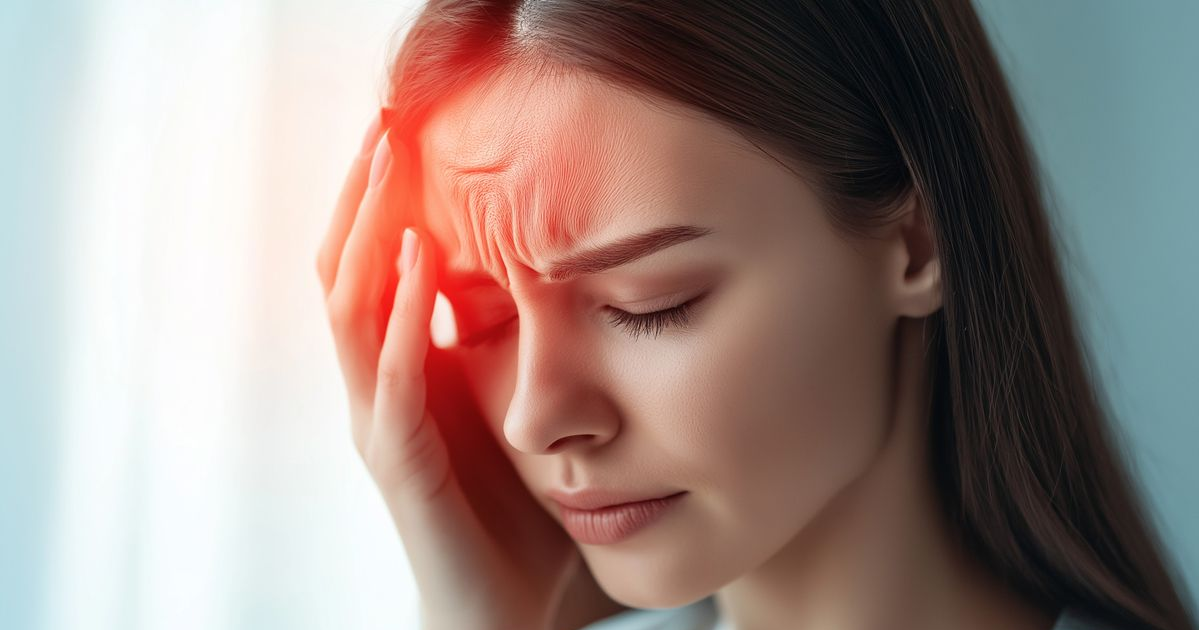
What is Migraine?
Migraines are not just bad headaches; they are a complex neurological condition. They can lead to intense, throbbing pain usually on one side of the head, often accompanied by other symptoms like nausea, vomiting, and extreme sensitivity to light and sound. Migraines can last from a few hours to several days and can be debilitating for those who suffer from them. Understanding migraines involves recognizing the complex brain interactions and genetic predispositions that contribute to their occurrence.
Common Types of Migraines
While migraines can vary widely, they are generally classified into several common types:
- Migraine with Aura: This type includes visual disturbances or other neurological symptoms that occur before the headache.
- Migraine without Aura: This is the more common form, where the migraine occurs without any specific warning signs.
- Chronic Migraine: Defined by headaches for 15 or more days per month, with at least eight days of migraine symptoms.
- Hemiplegic Migraine: A rare type that includes temporary paralysis or neurological symptoms on one side of the body.
Major Causes and Triggers
- Stress, both physical and emotional
- Changes in sleep patterns
- Fluctuations in hormonal levels, particularly in women
- Dietary triggers such as caffeine, alcohol, and certain foods
- Environmental factors like bright lights and strong smells
At-Home Remedies That Work
- Rest in a Dark, Quiet Room: Reducing sensory inputs can alleviate symptoms.
- Cold Compress: Applying a cold pack to the forehead or neck can reduce the pain.
- Hydrate: Dehydration is a known trigger, so keep hydrated.
- Caffeine: A small amount can help counteract migraine in some cases.
- Regular Sleep Schedule: Maintaining a consistent sleep pattern can prevent attacks.
Advanced Treatment Options
- Prescription Medications: Include triptans and ergot derivatives which target specific serotonin receptors.
- Botox Injections: For chronic migraine sufferers, Botox can reduce the frequency of attacks.
- CGRP Monoclonal Antibodies: Newer treatments that target the calcitonin gene-related peptide (CGRP) path.
Migraine Treatment Covered by Insurance or Medicare
Many insurance policies, including Medicare, cover conventional migraine treatments such as prescription drugs and certain preventive therapies. It's essential to check specific coverage as it can vary widely, and authorization might be necessary for advanced treatments like Botox or newly approved medications. Patients are encouraged to check with their insurer or Medicare provider to confirm which treatments are covered.
Alternative Therapies and Supplements
- Acupuncture: Some find relief through strategic needle placement.
- Magnesium Supplements: Can help reduce the frequency and severity.
- Riboflavin (Vitamin B2): Shown to lower the number of migraine days.
- Coenzyme Q10: Might reduce migraine frequency.
Strategies & Lifestyle Adjustments
- Regular Exercise: Helps reduce stress and maintain a healthy weight.
- Dietary Modifications: Keeping a food diary to identify and avoid triggers.
- Stress Management Techniques: Such as yoga, meditation, or deep-breathing exercises.
- Consistent Sleep Schedule: To avoid disruption of sleep-wake cycles.
When to See a Specialist
If headaches are more frequent and severe, affecting your ability to function normally, it may be time to see a specialist. Neurologists and headache specialists can offer advanced diagnostic tests and tailored treatment plans, especially if your current regime does not provide relief.
Conclusion
Migraines are a challenging and often misunderstood condition that requires a comprehensive strategy to manage effectively. By understanding the different types of migraines, potential triggers, and available treatment options, individuals can better navigate their experience. Whether through lifestyle changes, at-home remedies, or medical treatments, those suffering can find relief and improve their quality of life.
For more detailed information, you may refer to resources such as the Mayo Clinic and the WebMD Migraine Guide.

